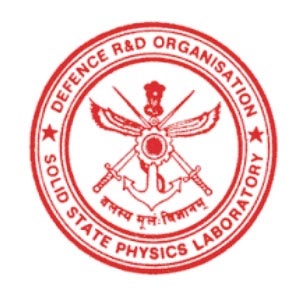- +91 (11) 414-28187, +91 9810289961
- sales@marineindia.com
Product Range >
Electrical Characterisation
Thin and thick film resistors are the most common types in the market. They are characterized by a resistive layer on a ceramic base. Although their appearance might be very similar, their properties and manufacturing process are very different. The naming originates from the different layer thicknesses. Thin film has a thickness in the order of 0.1 micrometer or smaller, while thick film is around thousands time thicker. However, the main difference is method the resistive film is applied onto the substrate. Thin film resistors have a metallic film that is vacuum deposited on an insulating substrate. Thick film resistors are produced by firing a special paste onto the substrate. The paste is a mixture of glass and metal oxides. Thin film is more accurate, has a better temperature coefficient and is more stable. It therefore competes with other technologies that feature high precision, such as wirewound or bulk metal foil . On the other hand, thick film is preferred for applications where these high requirements are not critical since prices are much lower.









